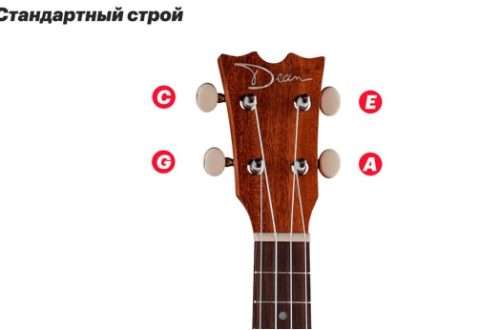A little about the history of the guitar
The history of this musical instrument goes back many centuries. No one can say for sure in which country the guitar was invented, but one thing is certain: it was an eastern country.
Usually the “ancestor” of the guitar is the lute. Which was brought to Europe by the Arabs in the Middle Ages. In the era of the Renaissance, this instrument was of great importance. It became especially widespread in the 13th century. in Spain. Later, at the end of the 15th century. Some noble and wealthy families of Spain competed with each other in the patronage of sciences and art. Then it became one of the most popular instruments at courts.
Already starting from the 16th century. In Spain, circles and meetings—“salons”—regular cultural gatherings arose. It was during such salons that musical concerts appeared. Among the peoples of Europe, the 3-string version of the guitar was initially widespread, then new strings were gradually “added” to it at different times. In the 18th century The classical six-string guitar in the form as we know it has already spread throughout the world.
The history of the emergence and development of the art of playing this instrument in Russia deserves special attention. By and large, this history developed in approximately the same stages as in the countries of Western Europe. As historians testify, Russians at all times loved to play the cithara and harp, and did not stop even during the most difficult military campaigns. They played in Russia on a 4-string guitar.
At the end of the 18th century. The Italian 5-string appeared, for which special musical magazines were published.
At the beginning of the 19th century. A 7-string guitar appeared in Russia. In addition to the number of strings, it also differed from the 6-string one in its tuning. There are no particular fundamental differences between playing seven- and six-string guitars as such. The names of the famous guitarists M. Vysotsky and A. Sihra are associated with the “Russian”, as the 7-string was called.
It must be said that today the “Russian” guitar is increasingly interested in musicians from different countries. The interest shown in it is associated with the great possibilities of sound production, thanks to which playing the seven-string can achieve a wide variety of sounds. The nuances of the sound of the Russian guitar are such that its sound timbre is very organically combined with the voices of people, other string and wind instruments. This property makes it possible to successfully weave its sound into the fabric of a wide variety of musical ensembles.
The guitar has gone through a long evolutionary path before taking on its modern appearance. Until the middle of the 18th century. it was much smaller in size, and its body was much narrower. It took on its familiar form around the middle of the 19th century.
Today this instrument is one of the most common musical instruments in our country and throughout the world. It is quite easy to master the game with great desire and regular training. In the capital of Russia, individual guitar lessons cost from 300 rubles. for an hour-long lesson with a teacher. For comparison: individual vocal lessons in Moscow cost about the same.
Source: Guitar tutors in Yekaterinburg – https://repetitor-ekt.com/include/gitara/




